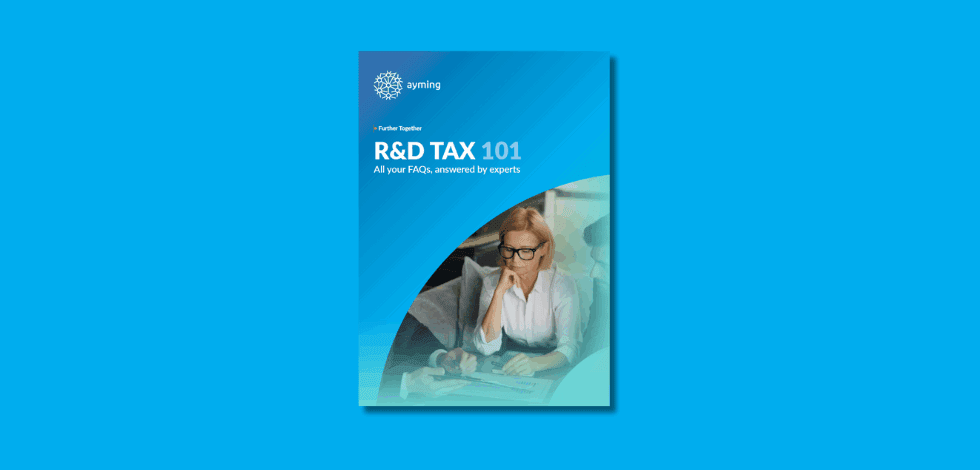Pandemic shortages: people, skills and education
The shiniest, most impressive new technologies typically rely on the past development of other technologies to bring them to life. Take your smartphone, for example, and its reliance on touchscreen technology, location services, and internet connectivity. By breaking fundamental technologies and categorising them, the Government can target its support to the building blocks of the next big breakthrough technology. And that’s precisely what the Government has done with the latest Innovation Strategy and its seven technology families. Could we see a similar shift in retrospective funding, like R&D tax credits, with sector-specific benefit rates? Regardless, these technology families all have much promise and act as a stake in the ground for UK PLC.
However, this new Innovation Strategy cannot work without the right people and skills. The UK is currently facing a significant labour shortage. We hit a record one million job vacancies earlier this month. The pandemic and Brexit have caused many people to leave the UK, and they aren’t returning.
But it’s not the immediate labour shortage that’s the biggest threat to innovation. The pandemic has caused a significant issue for educators, and such an interrupted period of education will undoubtedly manifest itself in a skills gap in future years. As we can no longer import skills as we used to, we need homegrown talent. Ultimately, it is people who innovate and do R&D. University education alone won’t solve the problem. We need to think vocationally: re-skilling, up-skilling and new-skilling.
Innovation has also been impacted by the lack of spontaneous interactions, like bumping into your colleague at the water cooler or sharing ideas over a coffee. We’ve recently moved to a brand-new office, and one thing that has struck me is the wealth of fresh ideas and a strong desire to share them with colleagues we haven’t seen in (literally) years.
Fast fashion needs to slowdown, tech innovation needs to speed up
Like most people, working from home during the pandemic had me much accustomed to casualwear. As we transition back to office life, I also have to think about new clothes. After a call from my tailor, who has himself shifted from tailored suits to tailored casualwear, I’m reminded of the fashion industry’s struggles over the last 18 months. Fast fashion and its questionable environmental and labour practices are high on the agenda. The supply chain shocks we are currently experiencing should make us wonder whether we should be looking closer to home and produce internally? Homegrown suppliers undoubtedly allow for a shorter lead time. If we couple that with the rise of fashion technology and recycling practices, we can solve part of the problem.
Speaking of shortages once again, the automotive sector continues to be hit by microchip shortages: one reason being scalpers and crypto-currency miners buying vast amounts to feed their own need for computing power. As car manufacturers temporarily closed their doors during the pandemic, microchip producers diverted their chips from vehicles to the electronics market. These chips are vital for the automotive industry, and manufacturing has struggled to recover to its pre-covid days.
New cars’ reliance on modern chip technology brings me neatly back to my first point. The shiniest new technology is often based on collective developments of a whole host of other technologies. We need investment in the various technology families. We need the skills to support them and, of course, enough people to learn the skills. The innovation strategy is an encouraging start, and only time will tell if it’s enough.















No Comments